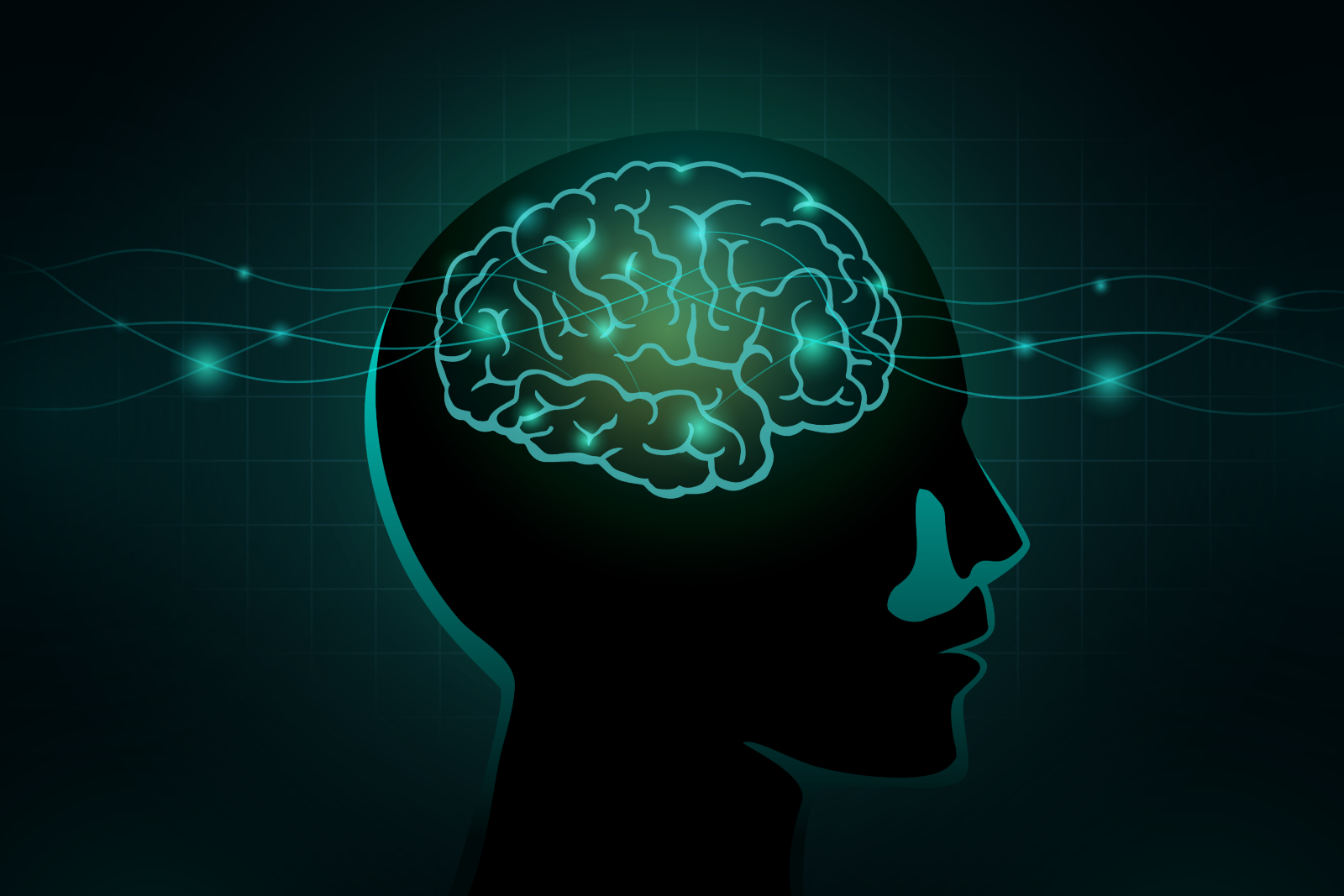
Last week, our blog focused on head/ brain injuries and why it is so important that construction workers select, wear and maintain the right head protecting gear to stay safe.
Within that article we made a reference to the issue of concussion and promised to come back to this in more detail so ‘voila’, here it is!
What is concussion?
Concussion is a temporary (and usually mild) head/ brain injury that occurs as a result of a blow to the head. This might come about due to slips, trips, falls or from an object striking against the head. When this happens, the impact causes the brain to shake around inside the skull, causing immediate (and sometimes longer-term) symptoms.
You could suffer a concussion almost anywhere – at home or while out and about due to accidents or assault, but this is also an injury which many people sustain in the workplace, particularly where there are obvious dangers such as in construction and other physically demanding jobs.
Signs and Symptoms
Immediately after the head injury, some people may lose consciousness (but this only accounts for around 10% of reported concussions). Far more common is a sense of feeling confused so keep a look out for this as one of the key signs of a concussion. Other signs to look out for include:
Physical signs:
- Headaches
- Dizziness
- Light sensitivity
- Insomnia and sleep problems
- Balance problems
- Fatigue
Cognitive signs:
- Poor concentration
- Forgetfulness
- Difficulty with processing information
Emotional signs:
- Irritability
- Low mood
- Anxiety
- Feeling more emotional than usual
All of these symptoms are normal but it’s important to recognise that the mix will vary greatly between individuals. It’s also important to be aware that while some symptoms may be experienced straight after the impact to the head, others may develop hours, days or even weeks later.
In the majority of cases (and providing the individual gets a medical assessment and takes the rest they need), the symptoms of concussion will improve and there will be no long-term damage. Usually the physical symptoms improve first, followed by the cognitive and emotional symptoms.
If, however, any of the symptoms become problematic or persist, the concussed individual should contact their GP to see if any further assessment is necessary.
On occasions, what seems like a minor blow to the head can lead to complications and this is why it is vital that anyone with this kind of injury always seeks medical attention.
What about going to A&E?
In most instances, this won’t be necessary but there are some symptoms which might indicate the individual has suffered a more serious injury. These include:
- Loss of consciousness
- Deafness in one or both ears that was not present before
- Loss of balance or problems with walking
- Weakness in one or both arms or legs
- Any vomiting
- Clear fluid coming out of ears or nose
- Drowsiness when you would normally be wide awake
- Increased disorientation
- Problems with understanding or speaking
- Blurred or double vision
- Inability to be woken
- Bleeding from one or both ears
- Any fits (collapsing or passing out suddenly)
- Severe headache not relieved by painkillers such as paracetamol
- Reduced neck movement, stiff neck muscles or pins and needles down the arms/legs
If any of these symptoms occur, an immediate trip to A&E is necessary!
What to do if you think you have a concussion at work
If you think you or a colleague might have a concussion, it is really important to follow these steps:
STOP – Cease working and take some time out to recognise how you feel and whether you are experiencing any of the symptoms listed above.
REPORT IT – Alert your line manager and seek medical attention as soon as possible. Identifying concussion and its level of seriousness is difficult so leave this to the professionals. Because some symptoms can develop later, the affected person should also not be left alone for several hours after the injury.
RECOVER – Get plenty of rest before you go back to your daily activities. This is important straight after the injury but also in the weeks that follow. This is because the brain needs time to recover from the injury and straining it can make that recovery period longer.
This information has been adapted from a factsheet provided by the brain injury charity, Headway. For more details, including further suggestions of what to do during the weeks that follow a concussion, take a look at the factsheet here.
05.07.2021
Feature image: Freepik








